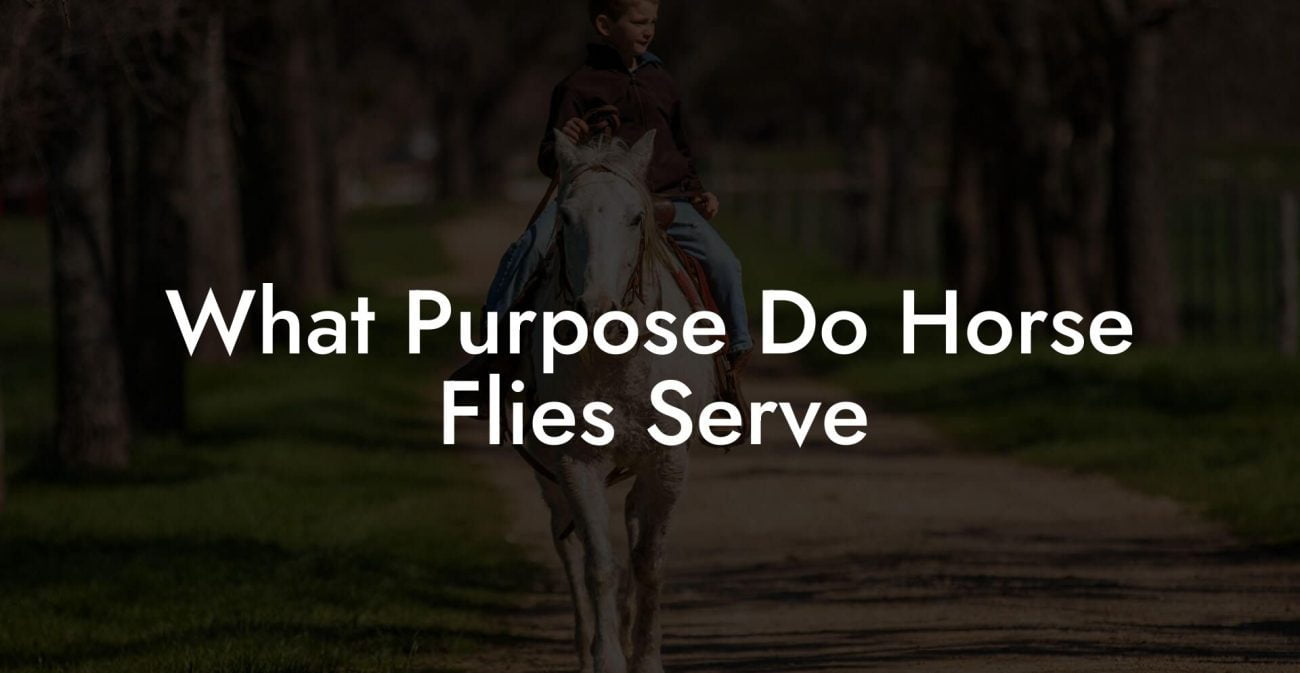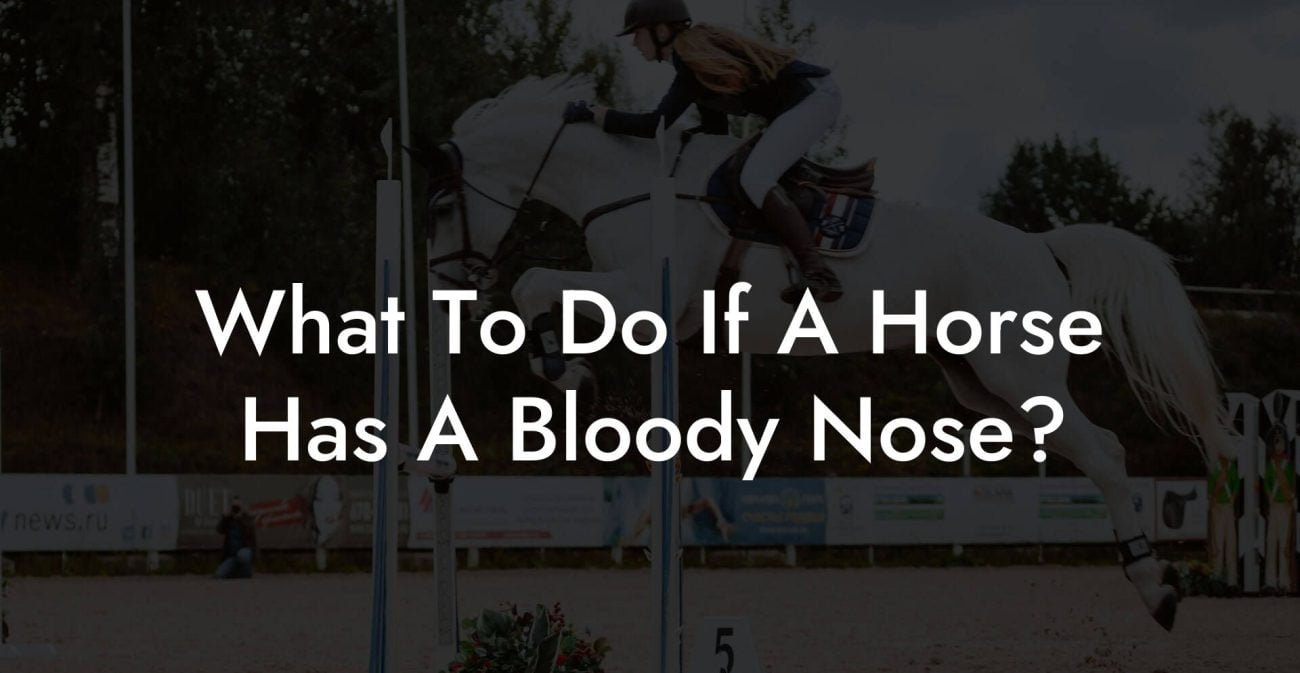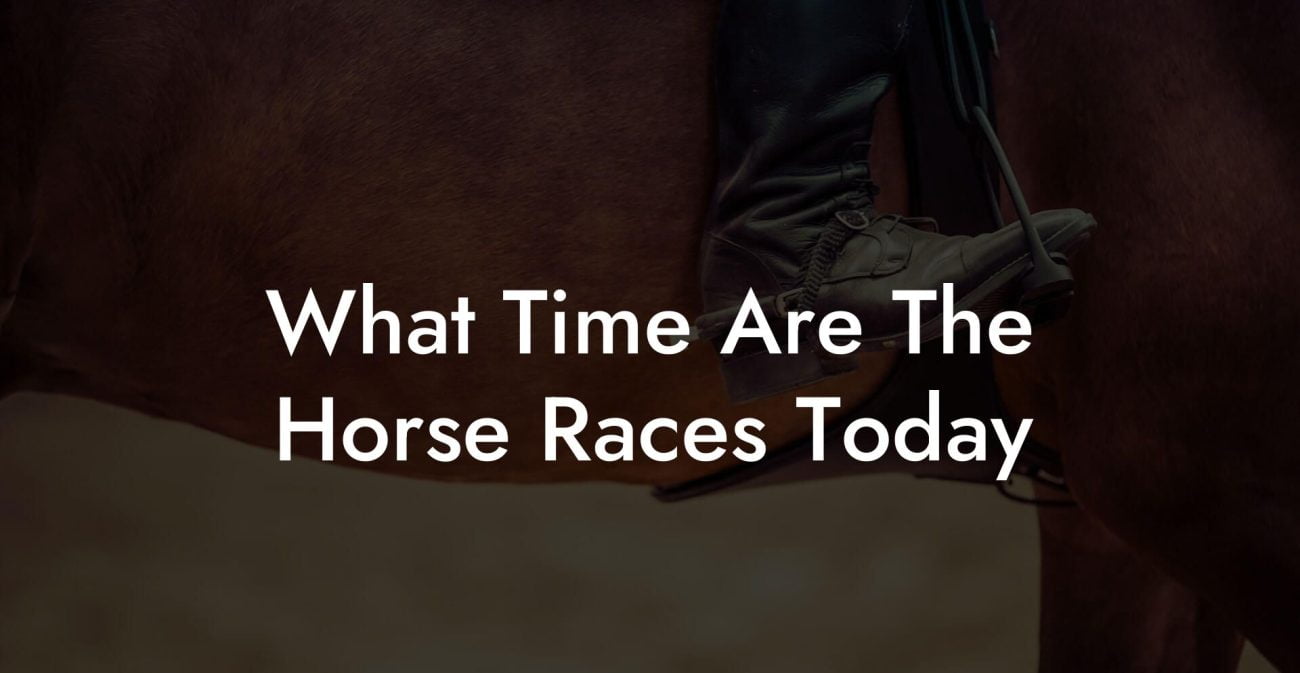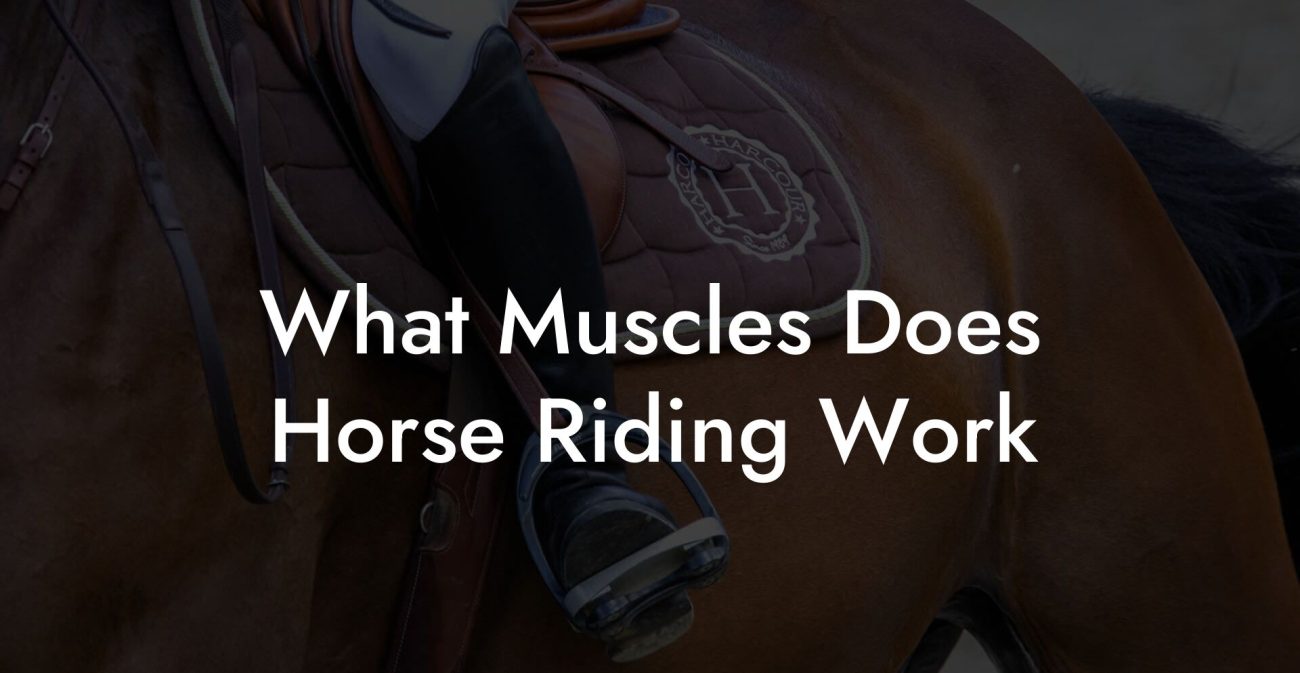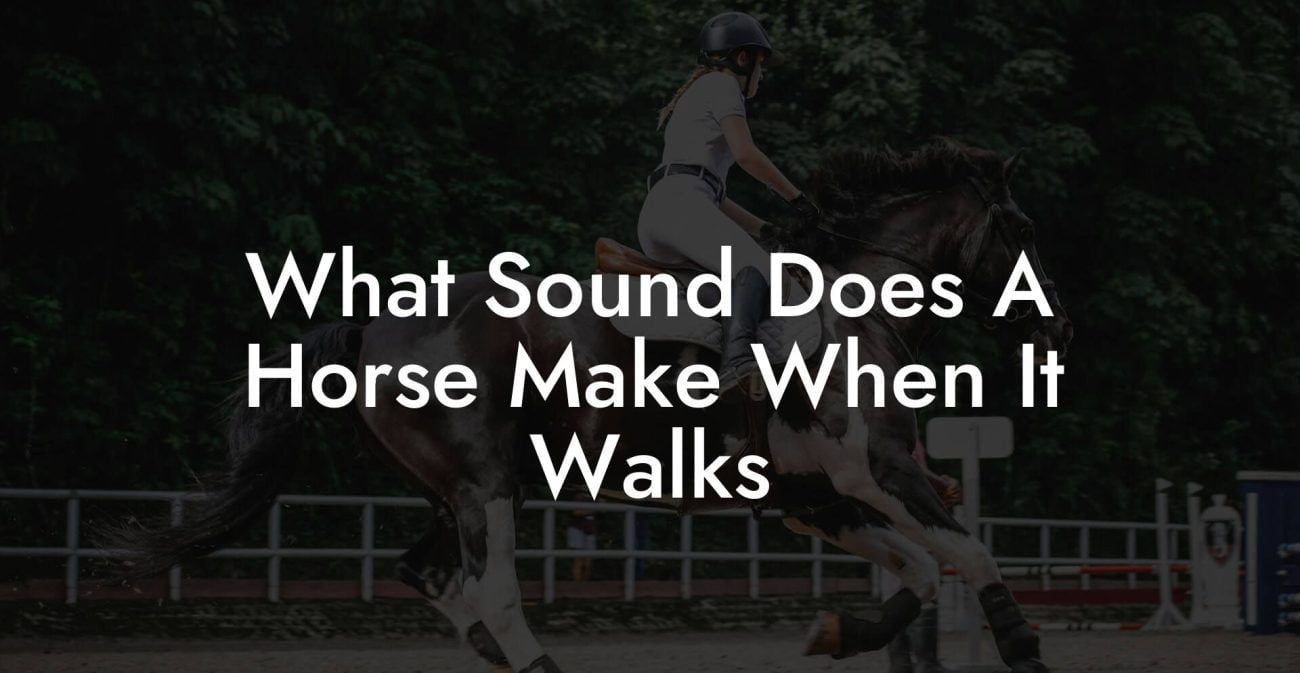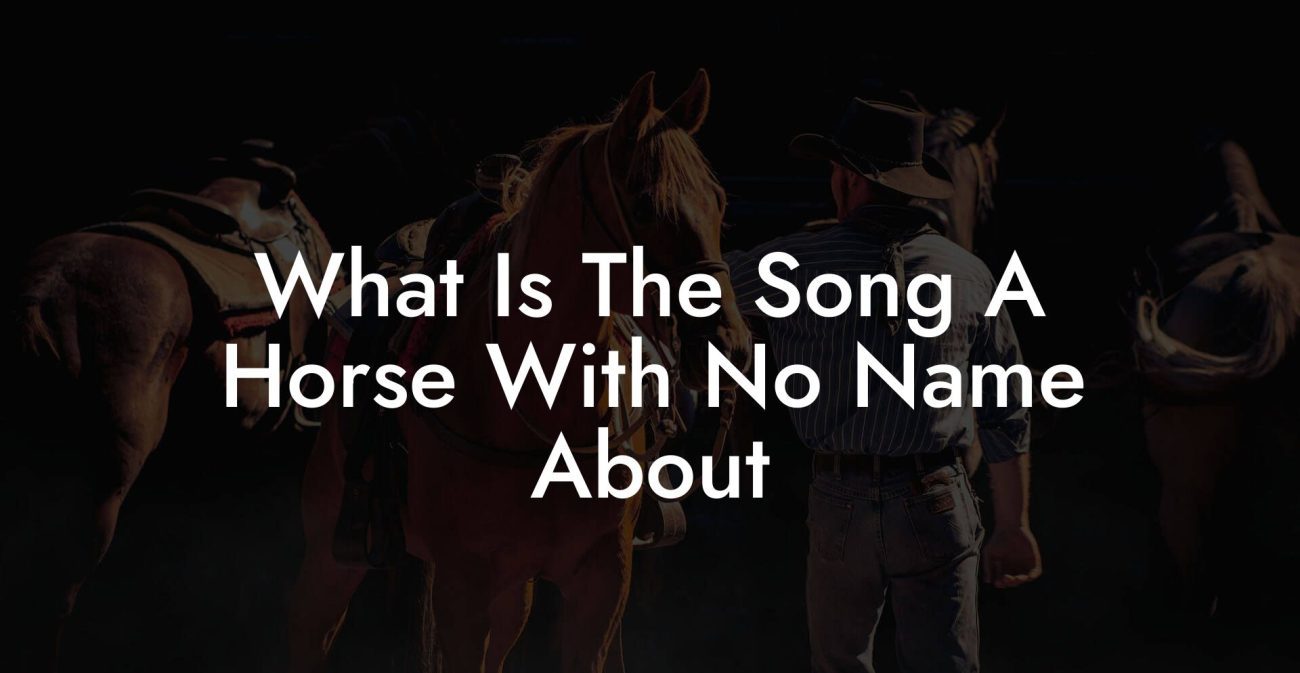Raising a pony through its first year is like riding a roller coaster built for tiny equine adventurers, thrilling, unpredictable, and full of surprises at every turn. As your little foal bundles through rapid growth, developing personality, and newfound energy, you quickly learn that caring for a pony means more than just brushing its mane and tossing a carrot. It’s about nurturing a living, breathing work of art, blending modern equine science with old-school common sense. Whether you’re a Gen-Z newbie or a millennial equestrian enthusiast, this guide will take you on an immersive exploration of what it means when “Ponies Grow One Year,” from their first wobbly steps to a year full of health, nutrition, training, and community vibes.
Quick Links to Useful Sections
- The Magic of the First Year: Understanding Your Pony’s Growth Journey
- Understanding Pony Growth: The Yearly Milestones
- 0-3 Months: The Neonatal Phase
- 3-6 Months: The Growth Spurt
- 6-12 Months: Gaining Confidence and Coordination
- Nutrition: Fueling a Year of Rapid Growth
- Colostrum and Milk: The Liquid Gold
- Introducing Forage and Concentrates
- Hydration: Keeping It Cool and Fresh
- Grooming and Health Care: Keeping Your Pony Shiny and Sound
- Daily Grooming Routine
- Vaccinations and Routine Health Checks
- Hoof Care and Farrier Visits
- Exercise and Play: Building Strength and Confidence
- Free-Range Playtime
- Structured Exercise Sessions
- Interactive Games and Social Bonding
- Training Techniques Tailored for a Growing Pony
- Early Foundation Training
- Building Trust Through Interactive Training
- Addressing Behavioral Challenges
- The Role of Environment and Socialization in Pony Development
- Designing a Pony-Friendly Space
- Socialization: More Than Just Playdates
- Adapting Your Environment with Modern Tech
- Caring for Your Growing Pony: Expert Tips and Tricks
- Regular Health Monitoring and Record Keeping
- Investing in Quality Gear and Supplies
- Staying Updated With the Latest Equine Trends
- Training Techniques Revisited: Integrating Fun with Function
- Gamification in Training
- Collaborative Learning with Fellow Equestrians
- Resources and Community Support: Your Next Steps
- Ponies Grow One Year FAQs: Your Questions Answered
- Your Ultimate Journey of Raising a One-Year-Old Pony
The Magic of the First Year: Understanding Your Pony’s Growth Journey
The first year of a pony’s life is nothing short of a miracle, packed with rapid growth spurts, intense developmental milestones, and a booming personality that begins to shine. Much like us young adults navigating our own growth changes, ponies experience transformations that set the groundwork for a vibrant, healthy life. With every new hoof beat, each playful gallop, and even the occasional clumsy stumble, your pony builds strength, rides through an emotional roller coaster, and crafts a unique identity.
In this stage, you’re not just caring for an animal; you’re partnering with a sentient being who shows you a kaleidoscope of energy, curiosity, and sometimes, a stubborn streak that can challenge even the most seasoned caretakers. As you dive into this journey, you’ll discover that the first year is the foundation upon which all future care is built, covering essential areas like nutrition, exercise, grooming, training, and socialization.
This deep dive into your pony’s first year isn’t just a manual; it’s a celebration of growth, learning, and preparing for a lifetime of shared adventures. Let’s saddle up and explore every aspect from the ground up!
Understanding Pony Growth: The Yearly Milestones
Just like human children, ponies achieve remarkable milestones during their first year that hint at a promising future. Monitoring these stages isn’t merely a checklist, it allows you to connect more deeply with your foal and tailor the care to its evolving needs.
0-3 Months: The Neonatal Phase
When the foal is born, it steps into a world bursting with stimuli, from the gentle nuzzles of its mare to the unfamiliar sounds and scents of a busy farm or pasture. In these first few months, the primary focus is forming bonds. Early suckling not only provides vital colostrum but also kick-starts the immune system. Your pony’s eyes and ears are opening up to the world, and even subtle environmental touches, like calm voices and soft bedding, can help establish a sense of security.
Keeping the neonatal phase stress-free is key. Emphasize skin-to-skin contact (for the mare and foal), controlled social interaction, and immediate veterinary attention for minor issues. The foundation laid during this stage has long-lasting effects on the pony’s physical health and behavioral patterns.
3-6 Months: The Growth Spurt
As your pony embarks on a rapid growth spurt, both its body and personality begin evolving at breakneck speed. Nutrition becomes even more critical here, your foal is transitioning from exclusive milk feeding to the early introduction of grains and forage. This is the time to ensure a balanced diet, combining high-quality hay with specially formulated concentrates that support muscle development and bone strength.
Simultaneously, the foal’s muscles and coordination are sharpening. Expect plenty of playful runs, tentative jumps, and spontaneous bursts of energy that mark the onset of physical agility. This is also when early socialization is paramount. Interaction with other foals and gentle humans will pave the way for a well-adjusted adult.
6-12 Months: Gaining Confidence and Coordination
Approaching the one-year mark, your pony is no longer just a fragile foal, it has grown into a spirited, increasingly independent young equine. By now, their dietary needs will adjust again as they begin to nibble on a wider variety of feeds, balancing between protein-rich concentrates and fiber-loaded hay that support sustained energy levels.
Behaviorally, this period is characterized by a mix of curiosity and cautious independence. The horse might begin testing boundaries, and that’s perfectly natural. Structured playtime, gentle exposure to new activities, and early training lessons can help channel this energy into positive experiences. Whether it’s learning to pick up simple commands or adjusting to the rhythm of daily routines, every interaction at this stage builds a foundation for future trust and collaboration.
Witnessing these growth milestones is both exhilarating and humbling, it reminds you that every day brings progress, learning, and small victories. And while there may be moments when your pony tests your patience, know that each challenge is an opportunity to strengthen that unbreakable human-animal bond.
Nutrition: Fueling a Year of Rapid Growth
A young pony’s diet is as dynamic as its personality, meticulously balanced, nutrient-rich, and designed to promote robust health. Nutrition is the cornerstone of growth, and for a pony in its first year, every morsel counts. You’re not just feeding a pet; you’re fueling a living engine of boundless potential.
Colostrum and Milk: The Liquid Gold
In the earliest phase of life, colostrum is the ultimate superfood. Rich in antibodies, vitamins, and essential nutrients, colostrum lays the foundation for your foal’s immune system. The first 24 hours are critical, this liquid gold helps your pony combat infections and supports overall vitality.
As the foal transitions from colostrum to the mare’s milk, the nutritional focus shifts towards supporting rapid growth. Milk provides an ideal balance of fats, proteins, and sugars uniquely suited to a newborn’s needs. Monitoring this phase ensures that the foal gains weight steadily and remains active.
Introducing Forage and Concentrates
Around the three-month mark, it’s time to introduce high-quality hays and early concentrates, a practice that teaches your young equine about diverse food sources. Choose nutrient-dense feeds that are specifically designed for the delicate digestive systems of growing ponies. Look for options that are rich in fiber, have balanced protein levels, and include essential vitamins and minerals such as calcium and phosphorus.
Integrative equine nutrition means paying attention to the details: a slight tweak in the ratio of hay to grain, the timing of feedings, even the temperature of the water can all influence how well your foal absorbs nutrients and maintains energy levels. Through careful observation and timely adjustments, you ensure that every bite contributes to a strong, resilient frame.
Hydration: Keeping It Cool and Fresh
Think of hydration as the unsung hero in your pony’s growth story. Clean and palatable water isn’t just a refreshment, it's essential for digestion, nutrient absorption, and overall cellular function. On hot days or after a burst of playful energy, make sure your pony has access to fresh water at all times.
For those days when your pony seems a bit under the weather or after particularly vigorous exercise, electrolyte mixtures can provide a quick boost. These are especially useful for rebalancing minerals lost during sweating. Together, proper hydration and nutrient intake create a dynamic duo that supports every aspect of your pony’s development.
Grooming and Health Care: Keeping Your Pony Shiny and Sound
A well-cared-for pony isn’t just a pleasure to behold, healthy skin and a glossy coat are outward signs of inner health. Grooming goes beyond aesthetics; it’s a practical activity that not only builds trust but also acts as a preventive health measure.
Daily Grooming Routine
Incorporate a daily grooming routine that is as enjoyable as it is essential. Start with a gentle brush to remove loose hair and dirt, and work your way to a full clean-up including mane brushing, hoof cleaning, and sometimes even a cooling spritz on hot days. This regular care not only reduces the risk of skin infections but also encourages circulation and exposes any potential issues early on.
For Gen-Z and millennial pony enthusiasts, grooming time can be an Instagram-worthy moment, a blend of practicality with personality. Experiment with colorful brushes and gentle, eco-friendly shampoos. After all, caring for your pony should feel like a rewarding ritual that fits perfectly with a modern, mindful lifestyle.
Vaccinations and Routine Health Checks
Just as we schedule our annual health check-ups, young ponies need routine vaccinations and veterinary visits. Ensuring your pony is up-to-date on vaccinations against common equine diseases can save a lot of heartache, and vet bills, down the track.
Routine deworming and parasite control are equally critical. Parasites can impact a young pony’s weight gain and overall vitality, so a tailored deworming schedule, guided by your veterinarian, is crucial to maintaining optimal health.
Hoof Care and Farrier Visits
Healthy hooves are the foundation on which all equine adventures are built. Even in the first year, your pony’s hooves will grow rapidly and require regular care. A qualified farrier can trim and balance hooves, spotting potential issues like cracks or infections early on.
For a pony, hooves are much like our own feet, a critical element of mobility and comfort. Regular hoof care can also contribute to improved posture and overall stability. Pairing these visits with daily inspections will help you spot any changes in limb or hoof health, ensuring that your pony’s step remains both safe and stylish.
Exercise and Play: Building Strength and Confidence
As the saying goes, “All work and no play makes Jack a dull boy”, and that’s just as true for ponies. Exercise is the secret sauce that blends fun with fitness, helping your foal develop muscle strength, coordination, and a confident attitude towards new challenges.
Free-Range Playtime
Nothing beats the joy of watching a pony frolic freely in a spacious pasture, chasing its tail and engaging in spontaneous, adorable antics. Free-range play lets your pony explore its surroundings, interact with peers, and fine-tune its motor skills. It’s the equine equivalent of a social media challenge meeting a nature hike!
When designing a play area, ensure it’s safe and free from hazards. Fencing should be secure, and shaded areas should be available to protect from the harsh sun. Regular rotation of toys or simple obstacles can keep the environment stimulating, encouraging mental as well as physical activity.
Structured Exercise Sessions
Alongside unstructured play, structured exercise sessions are vital. Begin with short, guided sessions, think of it as a gentle introduction to the world of training. Simple exercises like leading, basic obstacle courses, and even early groundwork routines can help build focus and trust.
Over time, these sessions can be integrated into daily routines. A blend of horse yoga-inspired stretches, playful sprints, and even balance exercises can work wonders for a young pony’s flexibility and muscle tone. The aim is to develop a natural strength without overwhelming the foal, ensuring that exercise remains an enjoyable part of daily life.
Interactive Games and Social Bonding
For both you and your pony, interactive games are a fantastic way to build rapport. Whether it’s a treasure hunt for treats or a playful chase around the paddock, these games provide mental stimulation, reinforce positive behavior, and foster a deeper bond. Moreover, introducing gentle team challenges can make exercise sessions feel like a modern-day adventure.
Social bonding extends beyond just the human-animal connection, interaction with other foals and adult horses builds social skills and teaches boundaries. This communal aspect of exercise not only enhances physical fitness but also contributes to mental well-being, creating a sense of belonging and shared joy.
Training Techniques Tailored for a Growing Pony
Training a pony in its first year is an art form that blends patience, creativity, and a dash of humor. With their loveable curiosity and undeniable charm, young ponies are eager to learn, provided the training is engaging and never feels like a chore. For modern equine enthusiasts, making training sessions fun and meme-worthy can transform every lesson into a viral moment.
Early Foundation Training
The initial phase of training focuses on basic commands and gentle handling. Simple cues like “walk,” “stop,” or “yield” set the stage for a lifelong language between you and your pony. Use positive reinforcement, whether through treats, affection, or the occasional upbeat playlist, to reward learning sessions and solidify good habits.
Consistency is key in these early days. Repeating commands in a calm, unhurried manner builds trust, while ensuring that every session ends on a high note. It’s all about creating a safe learning environment where mistakes are seen as stepping stones rather than setbacks.
Building Trust Through Interactive Training
Interactive training exercises are the bridge between simple commands and more intricate routines. Gradually introduce obstacle courses, varied terrain challenges, and even light groundwork that encourages your pony to navigate real-world scenarios. Each challenge, whether overcoming a small hurdle or weaving through poles, builds self-confidence and physical resilience.
For the tech-savvy equestrian, integrating training apps or even watching educational videos together can add an extra layer of engagement. These modern twists not only appeal to millennial and Gen-Z sensibilities but also serve as practical tools to track progress and celebrate milestones with digital cheer.
Addressing Behavioral Challenges
With rapid growth comes a bundle of unpredictable behaviors. Some days, your pony might be a bundle of energy; other days, it might test boundaries in the most amusing ways. Recognizing and addressing these behavioral quirks early on is essential for long-term success. Whether it’s a bit of stubbornness when learning a new command or a tendency to get overly excited, a mix of patience, structure, and humor often does the trick.
Creating a balanced training regimen that adjusts to the pony’s mood and energy levels can help manage challenges. Remember, a well-trained pony isn’t just obedient, it’s a partner who communicates in its own unique, playful language.
The Role of Environment and Socialization in Pony Development
A nurturing environment is as vital to a pony’s growth as a balanced diet or regular exercise sessions. The physical space, the social circle, and even the ambient music can collectively influence the mental and emotional well-being of your equine friend.
Designing a Pony-Friendly Space
Creating an environment that caters to a pony’s needs means thinking like an interior designer for a barn. Ample pasture space to run freely, safe and spacious stables designed for comfort, and designated play zones all contribute to a well-rounded setting. Ensure the area is secure, predator-proof, and enriched with natural elements such as trees for shade and water features that double as playful distractions.
Modern pony owners know that aesthetics matter too, an Instagram-worthy stable that combines function with flair can transform ordinary care into an experience that’s both practical and fun. Experiment with eco-friendly materials, bold colors, and clever layouts that resonate with today’s design trends while ensuring safety.
Socialization: More Than Just Playdates
Socialization is a cornerstone of holistic pony care. Regular interaction with other horses, friendly humans, and even other animals creates a dynamic social environment that is critical for emotional and behavioral development. From gentle herd interactions to structured playgroups, facilitating socialization helps your pony learn communication, empathy, and conflict resolution skills.
The social scene isn’t just beneficial, it’s essential. It teaches your foal how to navigate group dynamics, respond to cues within a herd, and develop trust that transcends species. Whether it’s participating in community events or just sharing the paddock with a diverse group of horses, these interactions build confidence, reduce stress, and spark curiosity.
Adapting Your Environment with Modern Tech
Let’s be honest: technology isn’t just for humans. From smart stable monitoring systems that alert you to changes in temperature or humidity, to mobile apps that track your pony’s activity, modern tools can make your care routine more efficient and enjoyable. These innovations provide peace of mind while seamlessly blending classic pony care with contemporary convenience.
Embracing these tools means that your pony’s space is not only safe and welcoming but also accentuates a lifestyle that values both tradition and innovation, a perfect match for today’s dynamic equestrian community.
Caring for Your Growing Pony: Expert Tips and Tricks
Whether you’re a first-time pony parent or a seasoned equestrian aficionado, expert advice can be a game changer in ensuring your foal thrives. The following practical tips and tricks blend timeless wisdom with modern, creative strategies designed for a 21st-century audience.
Regular Health Monitoring and Record Keeping
One of the best things you can do is establish a routine of regular health checks. Maintain detailed records of vaccinations, deworming schedules, weight measurements, and any noticeable behavioral shifts. Digital logs and mobile apps not only make this process more organized but also allow you to identify trends that can inform better care decisions.
Early detection of issues ensures timely interventions, whether it’s a minor nutritional adjustment or a call for your veterinarian’s expertise. With comprehensive records, you transform raw data into actionable insights, empowering you to be proactive rather than reactive.
Investing in Quality Gear and Supplies
Quality matters, think of it as curating a wardrobe for your pony that screams both style and substance. Invest in top-notch grooming tools, well-fitted halters, reliable lead ropes, and even tracking devices that monitor exercise and behavior. While it might be tempting to opt for budget-friendly options, remember: premium supplies can make a significant difference in your pony’s comfort and overall development.
The modern equestrian is keenly aware that every detail contributes to the bigger picture; quality gear not only ensures functionality but also conveys a sense of pride and responsibility in the art of care.
Staying Updated With the Latest Equine Trends
The equine world is ever-evolving. By subscribing to specialized magazines, following influential equestrian accounts on social media, and joining online communities, you’ll remain at the forefront of the latest trends, from innovative nutritional supplements to cutting-edge training techniques. Continuous learning not only enriches your approach but also connects you with a vibrant community of like-minded pony enthusiasts.
With a community of experts and peers at your fingertips, every challenge becomes an opportunity to learn, and every success a reason to celebrate.
Training Techniques Revisited: Integrating Fun with Function
Training isn’t just a chore, it’s an art form that, when done right, feels like a creative collaboration between you and your pony. Here, we revisit training techniques with an emphasis on playful innovation, ensuring your pony’s regimen feels fresh, engaging, and modern.
Gamification in Training
For a generation that grew up with video games and interactive apps, why shouldn’t training be gamified? Introduce reward systems, progress charts, and even challenges that reinforce positive behavior through fun exercises. Whether it’s tapping into a mobile app for tracking training progress or setting daily challenges that come with tangible rewards, gamification can transform learning into a dynamic experience.
This approach not only piques your pony’s interest but also gives you measurable milestones, making training sessions both productive and entertaining.
Collaborative Learning with Fellow Equestrians
Think of training as a community activity. Organize group sessions with fellow pony owners where tips, tricks, and humorous training mishaps are shared. These collaborations can foster camaraderie, spark ideas, and create an environment where learning is celebrated collectively. The shared experiences often lead to creative problem-solving, turning each session into an event that’s as educational as it is fun.
Leveraging social media to share progress, before-and-after training snaps, and success stories can amplify the experience, motivating not just you, but an entire community of modern equestrians.
Resources and Community Support: Your Next Steps
Embarking on this equine journey isn’t something you have to do on your own. The world of modern pony care is rich with resources and buzzing communities eager to share insights, support, and a few laughs along the way.
Start by connecting with local equestrian clubs, online forums, and social media groups dedicated to pony care. These communities are treasure troves of knowledge, from innovative training techniques to nutritional hacks and even DIY stable design ideas. Platforms like Instagram, TikTok, and Pinterest are brimming with inspiring content from fellow pony enthusiasts who blend tradition with modern flair.
Additionally, consider subscribing to equine health newsletters, joining webinars hosted by top veterinarians and nutritionists, and taking part in interactive online courses that cover everything from the science of equine growth to the art of grooming. These resources empower you with up-to-date information, creative inspiration, and practical solutions tailored for today’s fast-paced lifestyle.
Your next steps? Dive into these communities, ask questions, share your experiences, and never stop learning. The journey of caring for a pony is as much about personal growth as it is about nurturing a magnificent animal. Embrace the network of support that surrounds you, it’s the modern equestrian’s secret weapon.
Ponies Grow One Year FAQs: Your Questions Answered
From nutrition to training, caring for a pony during its first year raises many questions. Below are some of the most frequently asked queries that might help you navigate this exciting yet challenging journey:
1. How fast do ponies grow in their first year?
Ponies experience rapid growth during their first year, with significant developmental milestones occurring at 0-3 months, 3-6 months, and 6-12 months. Each phase brings unique challenges and rewards in terms of physical, emotional, and cognitive development.
2. What nutritional changes should I expect as my pony grows?
In the early months, colostrum and milk dominate the diet, but by 3 to 6 months, forage and specially formulated concentrates become key. By the time your pony approaches one year, its diet needs to be adjusted to support sustained energy and overall health.
3. How important is socialization for a young pony?
Socialization plays a crucial role, it helps your pony learn communication, develop healthy behavior patterns, and build confidence. Interaction with other horses and humans creates a balanced environment essential for emotional well-being.
4. What role does exercise play in my pony's development?
Exercise is vital. It not only enhances muscle development and coordination but also builds confidence through fun play and structured training. A mix of free-range play and guided sessions ensures that your pony remains active and engaged.
5. Are there modern tools that can help monitor my pony’s growth?
Absolutely. From smart stable monitoring systems to mobile apps that track exercise and nutrition, there are plenty of high-tech resources available to help you maintain a proactive approach to your pony’s health.
6. How often should I schedule veterinarian visits for a growing pony?
Regular veterinary check-ups are essential, especially during periods of rapid growth. Your vet can provide guidance on vaccinations, deworming, and overall health check-ups tailored specifically for young, developing ponies.
7. What are some effective training techniques for a one-year-old pony?
Early foundation training using simple commands, positive reinforcement, and lots of play can shape your pony’s behavior positively. Integrating gamification, social learning, and consistent routines makes training both fun and effective.
8. How can I ensure my pony’s environment is safe and stimulating?
Design a secure, spacious area with ample shade, designated play zones, and enriched stimuli. Regularly updating the environment with safe toys, natural elements, and quality stable infrastructure will keep your pony healthy and engaged.
Your Ultimate Journey of Raising a One-Year-Old Pony
Caring for a pony as it grows through its first year is a uniquely rewarding adventure. It’s a blend of science, passion, and the kind of quirky joy that only a living, breathing equine companion can offer. As you navigate through health checks, nutritional fine-tuning, dynamic training sessions, and moments of pure, unfiltered play, remember that each day is a building block for your pony’s lifelong well-being.
Whether you’re turning your stable into a modern haven brimming with tech-savvy gadgets and cozy corners, or bonding over playful training sessions that double as social media milestones, you are engaging in a rich tradition of equine care that spans centuries. In this journey, the modern world meets timeless wisdom, and every moment is an opportunity to learn, grow, and create memories that last a lifetime.
Embrace the unpredictability, cherish the challenges, and celebrate the triumphs, because as your pony grows one year older, every shared smile, deliberate care routine, and adventurous escapade cements a bond that stands the test of time. Welcome to a community where passion meets practice, and every day is a new chapter in the epic tale of raising an extraordinary pony.
So, grab your brush, sync up your tracking app, and get ready to ride the wave of first-year growth with gusto, resilience, and plenty of heart. Your pony’s remarkable journey is just beginning, and the adventure ahead is as limitless as your creativity and care.



